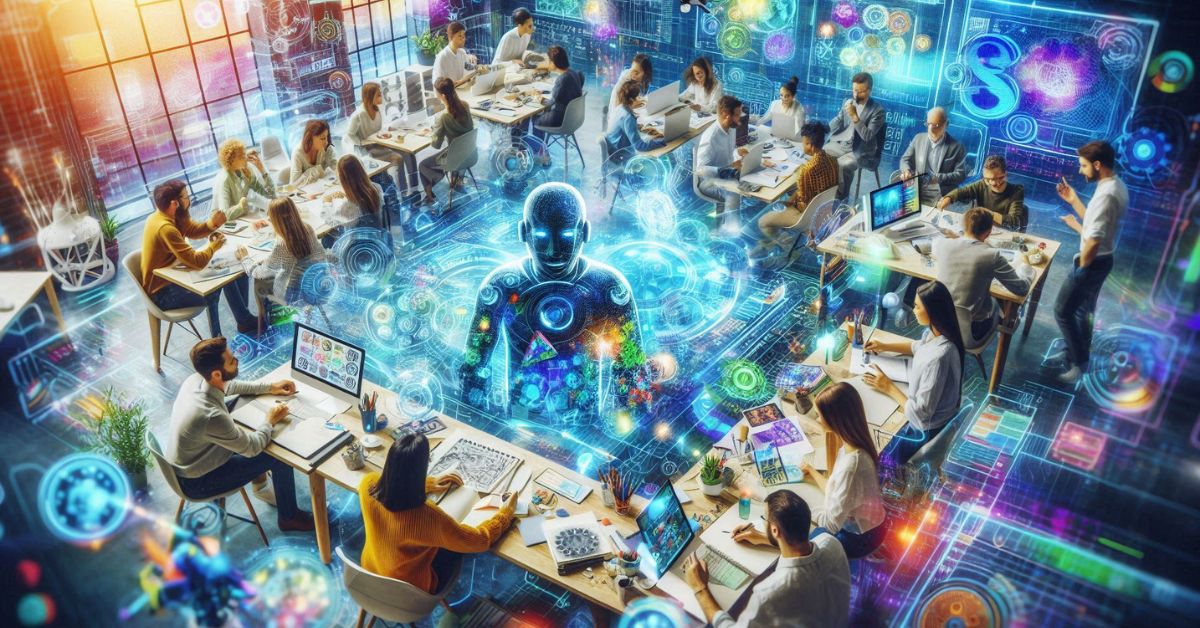The design industry has undergone a massive transformation in recent years, with artificial intelligence (AI) at the heart of this evolution. From automating repetitive tasks to generating unique, visually striking designs, AI is reshaping how designers work and think. Whether you’re exploring tools for producing your own AI photo generation or leveraging algorithms for smarter workflows, AI opens up possibilities that were once unimaginable.
Enhanced Creativity and Efficiency
AI empowers designers by automating mundane tasks, such as resizing images, generating color palettes, and even creating design mockups. These advancements free up time for creative professionals to focus on conceptualizing and refining their ideas. Tools like Adobe Sensei and Canva’s AI-powered features allow for quick, intuitive design creation, making the process faster and more efficient.
Personalization at Scale
Modern consumers expect personalized experiences, and AI is making this possible in design. AI-driven tools analyze user behavior, preferences, and demographics to create tailor-made visuals and layouts. For instance, businesses can now produce dynamic ads and websites that adapt to individual users, increasing engagement and conversion rates.
Revolutionizing Visual Content Creation
One of AI’s most remarkable contributions is its ability to generate stunning visuals. AI algorithms can create original artworks, transform sketches into detailed designs, and even emulate specific artistic styles. Designers are no longer limited by their technical skills or resources; AI bridges the gap, enabling professionals and amateurs alike to produce high-quality visuals effortlessly.
Streamlining Collaboration
AI tools facilitate seamless collaboration by centralizing design resources and enabling real-time feedback. Platforms like Figma and Miro use AI features to suggest edits, organize workflows, and ensure team alignment. This streamlining helps reduce errors and accelerates project timelines.
Breaking Barriers with Accessibility
AI is also making design accessible to a broader audience. People with limited design expertise can now use AI-driven platforms to create professional-grade designs. These tools democratize the industry, allowing small businesses, startups, and independent creators to compete with larger firms.
Ethical Considerations and Challenges
While AI offers immense potential, it also raises concerns. Questions about intellectual property, originality, and ethical use of AI-generated content are at the forefront. Designers must navigate these challenges carefully, ensuring they use AI responsibly and respect creative ownership.
The Future of AI in Design
The integration of AI into the design industry is still in its early stages, and its potential is boundless. In the near future, we can expect AI to further revolutionize areas like 3D modeling, augmented reality (AR), and virtual reality (VR). These advancements will create more immersive and interactive designs, pushing the boundaries of creativity.
Conclusion
AI is not just a tool but a partner in the modern design industry. By combining human creativity with machine intelligence, it paves the way for innovative, efficient, and personalized design processes. As AI continues to evolve, it will undoubtedly shape the future of design, enabling professionals to unlock new levels of creativity and impact.
ALSO READ: Integration of AI with Social Media for Recruitment

